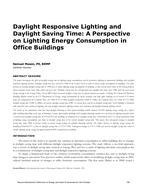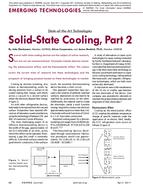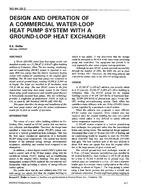Hospitals have a high energy footprint, compared to other buildings. Much of the energy goes to HVAC systems, where ventilation rates are high. Low energy design strategies have been studied at some length, and applied to some degree. But, the ventilation rates themselves are still a significant opportunity for reducing energy use and greenhouse gas emissions. Hospital ventilation standards exceed non-residential standards by significant margins.
There is a popular belief that infection control demands high ventilation rates. Literature review studies show the relationship between ventilation rates and infection control is much less known. However, since infectious agents are particles, responsible design for management of particulate matter (PM) may be a simple and effective paradigm for better understanding.
Simultaneously considering energy, indoor air quality (by CO2 proxy), and particulate matter (PM), reduction or elimination of the total air change requirements provides the greatest energy opportunity to significantly reduce energy consumption and maintaining good indoor air quality.
Citation: ASHRAE Papers CD: 2014 ASHRAE Annual Conference, Seattle, WA
Product Details
- Published:
- 2014
- Number of Pages:
- 8
- File Size:
- 1 file , 1.3 MB
- Product Code(s):
- D-SE-14-C008


